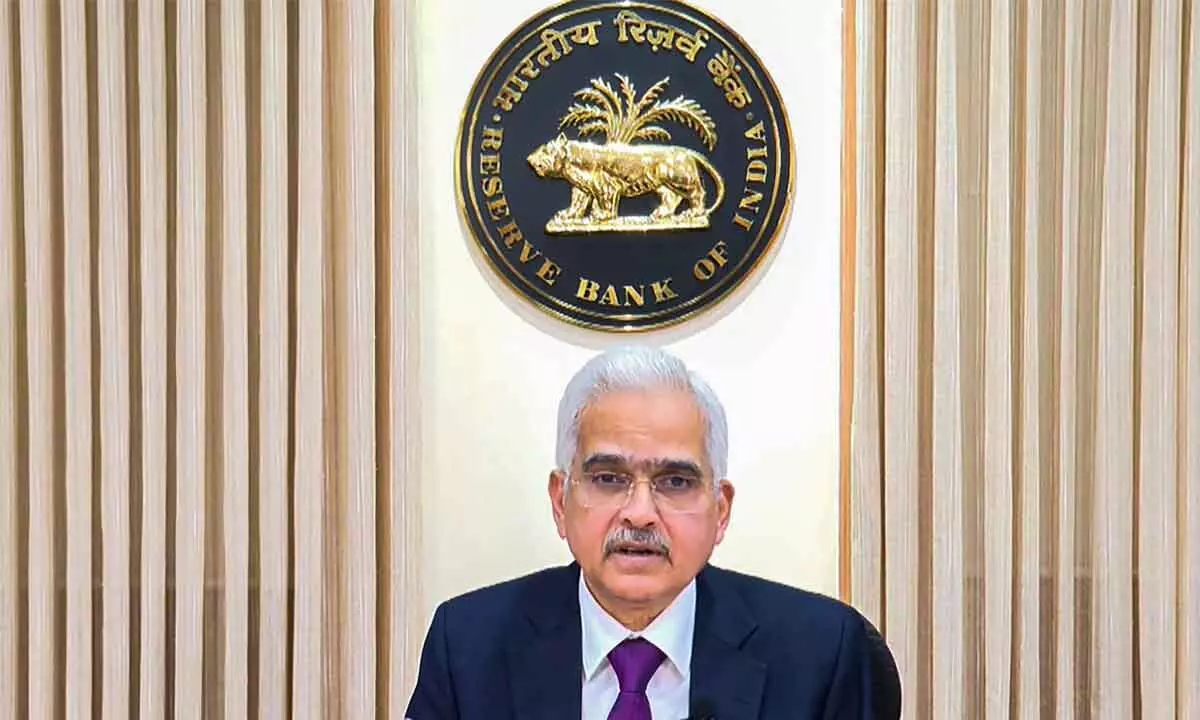Re most stable among major currencies: RBI Guv
In previous 3 years, home currency exhibited lowest volatility in 2023-24
image for illustrative purpose

The depreciation of Indian rupee (INR) at 1.4 per cent against the US dollar in 2023-24 was lower as compared to emerging market peers - Shaktikanta Das, Governor, RBI
Mumbai: The Indian rupee (INR) has remained largely range-bound as compared to both its emerging market peers and a few advanced economies during 2023-24 and was the most stable among major currencies during this period, RBI Governor Shaktikanta Das said on Friday.
“The depreciation of Indian rupee (INR) at 1.4 per cent against the US dollar in 2023-24 was lower as compared to emerging market peers like Chinese yuan, Thailand baht, Indonesian rupiah, Vietnamese dong and Malaysian ringgit and a few advanced economy currencies like Japanese yen, Korean won and New Zealand dollar,” he explained.
In the previous three years, the INR exhibited the lowest volatility in 2023-24. The relative stability of the INR reflects India’s sound macroeconomic fundamentals, financial stability and improvements in the external position, he added.
India’s foreign exchange reserves reached an all-time high of $645.6 billion as of March 29, 2024, which has helped in reducing the volatility in the rupee. Latest data on various external vulnerability indicators suggest improved resilience of India’s external sector, the RBI Governor explained.
“We remain confident of meeting our external financing requirements comfortably,” Das said.
He said that during the first three quarters of 2023-24, India’s current account deficit (CAD) narrowed significantly on account of a moderation in merchandise trade deficit coupled with robust growth in services exports and strong remittances.
India’s merchandise and services exports have grown at a healthy pace in Q4:2023-24 and the country continues to be the largest recipient of remittances in the world, he pointed out.
The cost of receiving remittances stood at 4.9 per cent in Q3:2023, significantly lower than 9.6 per cent in Q1:2013 and also vis-a-vis the global average of 6.2 per cent; During Q3: 2023-24, the CAD stood at $10.5 billion (1.2 per cent of GDP) as compared to $11.4 billion (1.3 per cent of GDP) in Q2.
Overall, the CAD for 2024-25 is expected to remain at a level that is both viable and eminently manageable, the RBI Governor said.
On the external financing side, India’s foreign portfolio investment (FPI) flows saw a significant turnaround in 2023-24.

